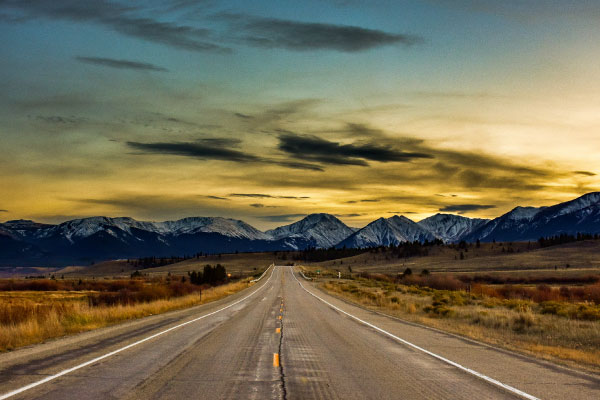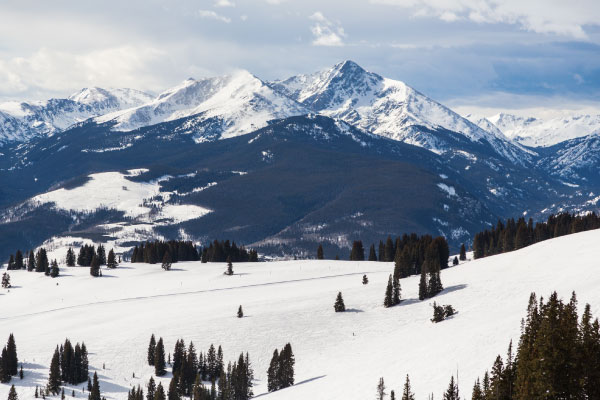
Learn to capture the beauty of the historical Eagle Valley with a few simple tips and the power of your cell phone.
The Yosemite Valley, Arches National Park, Niagara Falls, maybe you have heard about these popular photography spots around the US, or maybe you have even taken a picture there yourself. Photography helps paint our memories and experiences into a tangible picture. They say one picture is worth a thousand words and that is certainly true here in the Eagle Valley.
The Eagle Valley has come to attract many photographers and has given birth to many famous photographs. Notably, on August 24, 1837, William Henry Jackson took his famous picture of the Mt. of the Holy Cross. This photo confirmed the rumors that a sign from God had been sent and was a catalyst to the Manifest Destiny movement across the United States.

According to the National Museum of American History, Jackson and his crew lugged over 100 pounds of camera gear to the top of Notch Mountain to capture this famous photograph. Today, we are all lucky to possess the power of photography all within a small device we carry in our pockets.
The modern cell phone has allowed us to have easy access to photographing the world around us and you can’t go very far on a popular hike without seeing someone using theirs to take a picture.
While photographing nature there are some secret tips to keep in mind:
Get to know and love the rule of thirds.
Most phones will have a setting in the camera app to allow you to put a grid in your camera view. This looks like a three by three grid on your screen before you take a photo. The lines of the grid are considered your “power points” and there should be special interest taken in placing the subject of your photo along or at the intersection of these lines. This is known as the rule of thirds and can help create a more visually engaging photo that is well balanced.

Ensure the best lighting.
As an outdoor photographer, you are gifted with one of the best light sources of our planet, the sun. One of the best times to take a photo is during the “golden hour” of the day. This is the time right after sunrise and right before sunset, where the sun casts a soft golden glow on the earth. Photographing at this time can help create a beautiful image for your photo.
Take a lot—use a little.
You are only limiting yourself by taking a few photos here and there. Challenge yourself to try and capture as many photos as possible. When you go back through your photos at the end of the day, then you can filter out the photos that you don’t like. Your time is limited when outside taking photos so be sure to give yourself the best chance to catch that once in a lifetime photo.
Learn from others.
Like any skill or hobby, learning from experts can help improve your own skills. Look at other nature photography and get to know what you like and dislike in the pictures. If you see a picture you like, try and replicate some of the techniques the photographer used in your own photographs!
Check out Walking Mountains Science Center’s new outdoor photography exhibit, Eagle Valley Wild, to see some examples of nature photography. Photographer Todd Winslow Pierce has shared compelling imagery to showcase the importance of ecological diversity and protected natural spaces. The new photography exhibits are dispersed across the Walking Mountains campus and are free to come see at any time through October.
Resources:
https://americanhistory.si.edu/collections/search/object/nmah_1276028
Brandon Griffith is a naturalist at Walking Mountains Science Center. Brandon can identify trees and count by threes and is very excited to be in Colorado for the season.









